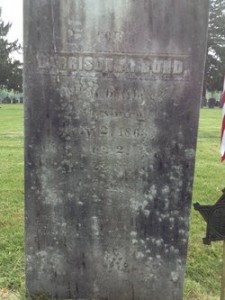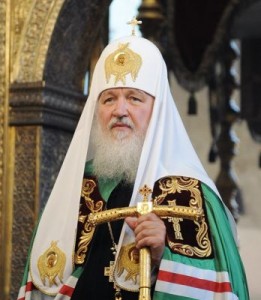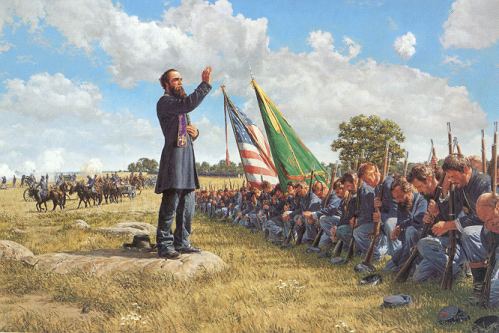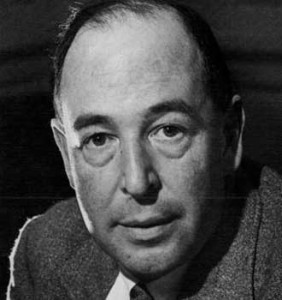Arriving in my email each day is an email from the Massachusetts Historical Society with a little story about something that happened on that particular day in history. Very often I pass over these as they title does not always catch my eye but yesterday it was very interesting. Yesterday’s email was about the filling of the Quabbin Reservoir and the completion of the project that has begun years before.
Construction of the Reservoir took 20 years to complete and it involved the removal of four towns, Dana, Enfield, Greenwich, and Prescott, all of their homes, stores, churches, and more than 7,600 graves. The amount of work that was needed is mind boggling today let alone in the 1940’s but the project was complete and the citizens of Boston and 46 other towns have water.
While reading this story I was reminded of an essay I had recently read on the spiritual life. In the essay, the author quotes the 12 century Theologian Bernard of Clairvaux from his seminal work on the Song of Song;
The man who is wise, therefore, will see his life as more like a reservoir than a canal. The canal simultaneously pours out what it receives; the reservoir retains the water till it is filled, then discharges the overflow without loss to itself.
Our Spiritual life is like the bodies of water that Bernard is talking about. Far too many people in the Church will read one book and think they are experts on the faith. They go around quoting this or that saint but have no real understanding of what the quotes actually means, in other words it flows out as fast as it flows in.
St. Benedict, who the Orthodox Church considers the father of Western Monasticism, taught his monks a way of reading that he called Lectio Divina, divine reading. St. Benedict taught that by slowly reading Scripture, and letting it wash over us, we would come to a better understanding of what the Scripture was trying to tell us. The slow, methodical study would lead to understanding.
Sticking with the water theme here for a minute, a canal is not as deep as a reservoir. Orthodoxy Spirituality has depth to it and that depth requires work. It took 20 years to complete the construction of the Quabbin, and to this day it has not ceased to provide water to millions of people, if a canal was used, the water would have run out years ago. The deeper we go the longer it will last.
We have talked a lot, these last few weeks, about our mission in the world. Christ compels each of us to love our neighbor and part of that love is to share the Good News of the Resurrection with them. In the Gospel passage selected for yesterday’s Liturgy for Saturday of the Souls, was a dialogue between Peter and Jesus. Jesus was asking Peter if he loved Him. When Peter responded yes, Jesus responded by saying feed my lambs. The conversation continues and Jesus asks Peter again, “Do you love Me?” Again Peter responds yes, and Jesus asks Him to care for His Sheep. If we love Jesus, then we have to care for the lambs, our neighbor, we have no other choice. If we do not desire to care for them, then we truly do not love Jesus to the depths of our soul, and that is the love that is necessary.
A few weeks back we celebrated the Great Feast of the Ascension. This feast signifies the end, if you will, of the earthly ministry of Jesus. Prior to this time, Jesus spent three years with His Apostles, teaching them about the life that is to come. He talked with them, prayed with them, ate with them, and witnessed to them by His life, the kind of life that He requires of all of us.
Today we celebrate the indwelling of the Holy Spirit, this is not the end of the story but really only the beginning of the story. Up to this point, Jesus was filling the vessels with water, the water of truth, knowledge, love, ministry, etc. He filled them right up to the brim and today He drops a stone in the vessel and the water overflows and runs down the side of that vessel and out to nourish others. It was not until this point that the Apostles were ready to engage the world in the ministry that Jesus had called them too years before. It was not until they were literally overflowing their banks, that they could go out and witness to others, and we hear that story today.
If they had gone out before they were ready, they would have failed. They had not stored up enough, enough of what they would need for the journey, enough of the Spirit, and they would burn out before they even began.
Last week I mentioned that Church has to be about more than making us feel good. It would be easy for me to stand here each week and tell you what you want to hear, that we are okay and our lives are perfect just the way they are. We could sing a few clap happy songs and feel good and go from here with a warm fuzzy and say that was great! The Church is not about entertainment, the Church is about change. We are not just a river that flows quickly by a spot, no, we need to dam up one end of that river so that it flows and grows and makes us strong, so strong that we overflow our banks and share that with others, that’s what we are about. We are about a spirituality that is so deep we can spend an entire lifetime studying it and still not be ready. Even after the Apostles received the Holy Spirit, they still had work to do.
Some years back, I lead a college team to Guatemala City to the Hogar Raphael Orphanage in Guatemala City. I had seen poverty before, but nothing like what I witnessed on the streets of Guatemala City, it was devastating to see, hear, smell, and experience. In the middle of all of this poverty and despair, is the Orphanage that is simply known as the “Hogar” an oasis in the middle of chaos.
Each day we would work with the children there who ranged in age from infants to 18 years of age, all orphans, many of them had been there since their own infancy. Each evening we would gather as a tam to talk about the day, pray, and read Scripture together. You see after we spent the day emptying ourselves, we needed to put a little more back. We see this in Scripture as well. We hear of Jesus retreating to a quiet place to pray, sometimes he takes His Apostles off and teaches them alone, away from the crowd, he dams up the river and allows the water to gather again, so it will be available to everyone.
If we do not have this deep abiding faith, a faith that is at the core of our very being, then our faith is just superficial and superficial faith is false. Sure we can play the game and maybe even do some good, but we are required to do more than just “some good” we are called to a radical change, not just on the surface, but all the way to the center of our being. We need to be converted, and have our heart of stone replaced with a heart of flesh, before we can ever hope to really love our neighbor and to help them.
The time has come for us to begin the work of damming up one end of river. The time has come for us to remove all of those structures that will pollute the water and prevent the fullness that we need to have. The time has come for us to open the graves of our past and remove from them the things that keep us from truly loving God and truly loving our neighbor. The time has come to let go of all of this and allow the Holy Spirit to come into our lives and penetrate the surface and go all the way, all the way to the core of our being. Will it be easy, no if fact it will be extremely hard and painful, but in the end there will be enough clean, clear water flowing from each of us to bring that love to millions.





